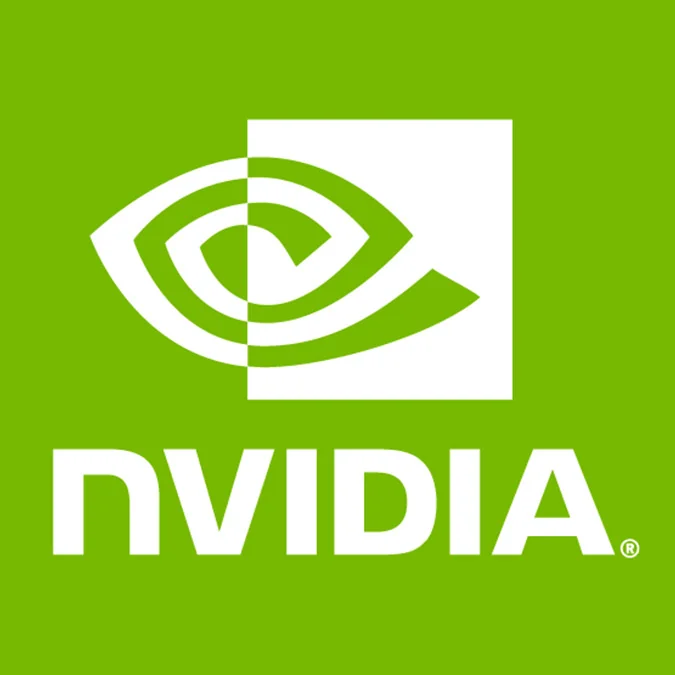NVIDIA Denies Opening Up Its Driver

Over the past few months, however, we've received word from our sources that NVIDIA may be planning an open-source strategy. Nothing has been publicly confirmed yet, but we're still in the belief that it may pan out. ZDNET, however, had asked NVIDIA yesterday whether or not they will open-source their Linux driver. NVIDIA's response was not in favor of such support, citing that it wasn't needed. What didn't appear to be clearly asked, however, was any open strategies that may be on the table that would not involve the open-sourcing of their existing binary blob. Some of the possibilities could include the creation of a new open-source driver, supplying the community with specifications for their graphics card, extending xf86-video-nv for 3D functionality, or supporting the Nouveau developers that are currently reverse-engineering their GeForce and Quadro products.
As we've shared in many articles now, AMD is supporting the open-source community through providing NDA-free documentation that covers 3D programming, hardware registers, and source-code (TCore and KGrids code will be out soon). They have also partnered with Novell to develop the xf86-video-radeonhd driver and the xf86-video-ati driver is worked on in part by an AMD employee. At the same time, they are continuing to develop their binary-only "fglrx" driver that ships as part of the Catalyst Suite. This Linux driver continues to see monthly releases with new features such as CrossFire Linux support and same-day support for new graphics products.
Kernel developers aren't the only ones wanting open-source support from NVIDIA. At OpenTheBlob.com are over 9,500 signatures from Linux end-users, developers, and others wanting NVIDIA to open up. At the same time, however, there is a (smaller and largely unspoken) set of people outside of NVIDIA that want the binary curtain to remain. They fear that if NVIDIA provides an open-source alternative, kernel developers may become even more hostile towards binary blobs.
In this theoretical but possible situation, NVIDIA and AMD would continue producing their binary-only drivers while at the same time supporting the alternative open-source drivers that are focused on the "out of the box" experience and not the high-performance full-featured driver that would remain closed-source. With there being open-source alternatives for all major graphics hardware, free software zealots could make the decision (or several decisions over time) that would block critical elements of the kernel that are necessary for the binary drivers to work. If the kernel developers do this and there ends up being no revert of action, they have just severely stabbed Linux.
This would likely result in a fork, legal action, or other challenges in order to overturn such a decision to reach a new common ground. If no common ground was reached, NVIDIA and AMD would be put in an awkward position of not being able to support their workstation customers with the high-performance drivers they need as they can't have some of their third-party intellectual property and other work exposed in an open-source driver. If it were really severe, the workstation business could just pack up and move to another operating system. That's what some fear at least.
If NVIDIA intends to make an announcement of an open-source strategy, we are betting on it taking place at their NVISION 08 conference in August.
90 Comments

